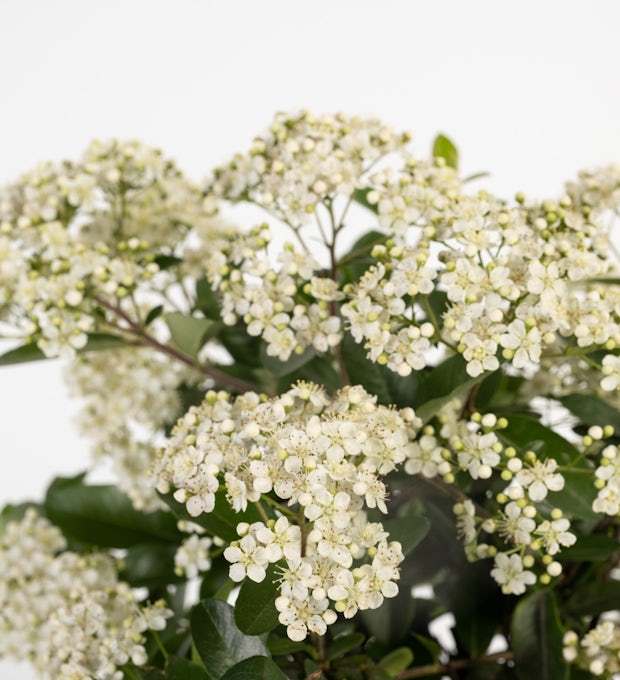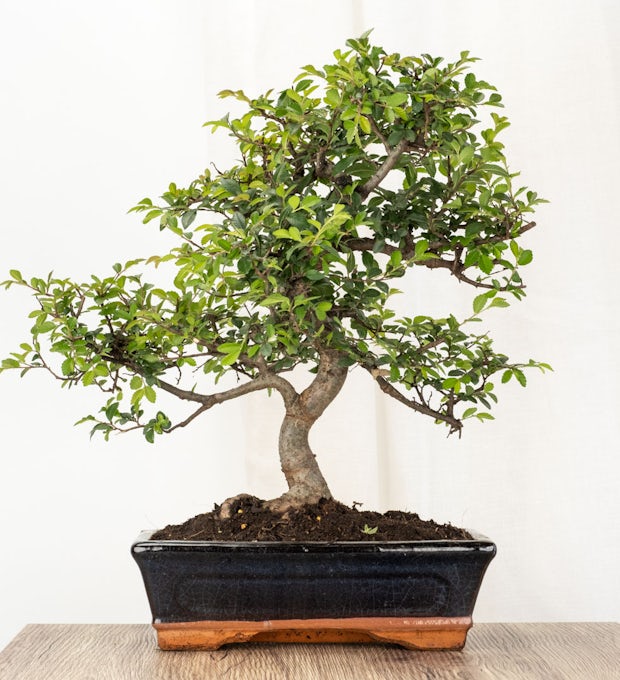Do you want to give your home a touch of tranquility and harmony? Look no further! In this article, we'll show you how you can enjoy the minimalist beauty of Japanese style in your own space. Discover the philosophy behind this style, the key elements of Japanese interior design, as well as the colors and materials that characterize it. We'll also give you practical tips for incorporating this style into your home. Get ready to create a serene and beautiful environment that makes you feel at peace. Let's dive into the charm of Japanese style!
The Philosophy Behind Japanese Style: Finding Beauty in Simplicity
Japanese style is much more than an interior design trend, it's a philosophy of life. In Japan, simplicity and purity are highly valued in all areas, including the home. The main idea behind Japanese style is to find beauty in simplicity, subtlety, and minimalism. It's about getting rid of the unnecessary and staying only with the essentials, creating a calm and harmonious space. Japanese aesthetics are based on clean lines, neutral colors, and natural materials such as wood and rice paper. This search for simplicity has as its main objective to provide peace and serenity to the home. By reducing the number of decorative elements and maintaining a soft color palette, an atmosphere is created that invites relaxation and balance. The Japanese style also emphasizes the importance of appreciating the smallest details, as it is believed that true beauty is found in the simple things in life. By incorporating this philosophy into our home, we can create a space where we can escape the daily hustle and bustle and find calm in the midst of chaos. Japanese style teaches us to enjoy minimalist beauty and to value simplicity, reminding us that less is often more.
The Key Elements of Japanese Interior Design to Achieve Harmony
To achieve perfect harmony in Japanese interior design, there are key elements that you need to keep in mind. One of them is the concept of ma, which refers to the empty space between objects. Instead of filling every corner with furniture and decorations, the aim is to create a balance between what is present and what is not. This empty space allows energy to flow freely and provides a sense of calm and tranquility in the environment.
Another important element is simplicity. Japanese design is characterized by its minimalism and focus on the essentials. Excessive embellishments are avoided and the functionality of objects is prioritized. The idea is to create an uncluttered space where the mind can rest and relax.
Lighting also plays a critical role in Japanese interior design. The aim is to make the most of natural light, using light curtains or translucent panels to filter it gently. In addition, soft, warm lights are used to create a cozy atmosphere.
Connecting with nature is another important aspect of Japanese interior design. Natural materials such as wood, bamboo, and rice paper are used to create a warm and organic environment. Plants and natural elements are also incorporated to bring the beauty of nature into your home.
In summary, the key elements of Japanese interior design to achieve harmony are the use of empty space, simplicity, proper lighting, and connection with nature. By incorporating these elements into your home, you will be able to enjoy a calm and serene environment that will help you find inner peace.
We ship plants to all locations, you can see more options here.
Colors and Materials in Japanese Style: The Importance of Naturalness
In Japanese style, colors and materials play a fundamental role in achieving naturalness and harmony in the home. The color palette is based on neutral and soft tones, such as white, beige, and gray, which convey a sense of tranquility and serenity. These colors are inspired by nature and seek to reflect the purity and simplicity of the natural environment. In terms of materials, priority is given to the use of natural elements such as wood, bamboo and rice paper. These materials give the space a warm and inviting feel, as well as being environmentally friendly. Wood, in particular, is highly prized in Japanese interior design for its natural beauty and ability to create a relaxing atmosphere. In addition, stone and ceramics are also used to add texture and contrast to the space. In short, the colors and materials in the Japanese style seek to create a natural and authentic environment that connects us with the minimalist beauty of Japanese culture.
We ship plants to all locations, you can see more options here.
Minimalist furniture and decoration: functionality and aesthetics in balance
In Japanese style, minimalist furniture and décor play a fundamental role in achieving a perfect balance between functionality and aesthetics. Simplicity is key, with clean lines and geometric shapes creating a sense of order and harmony in the space. The furniture is carefully selected to fulfill its primary purpose without visually overwhelming. Natural wood is one of the most commonly used materials, as it conveys warmth and connection with nature. Colors are usually neutral and soft, such as earth tones and creamy whites, which help create a calm and relaxing atmosphere. In addition, the use of unnecessary embellishments or excessive decorative elements is avoided. Instead, the functionality of objects is prioritized, allowing each element to have a reason for being in space. This does not mean that Japanese style is boring or lacking in personality, on the contrary, it seeks to highlight beauty in simplicity and find peace in the absence of excess. By taking this minimalist approach to furniture and décor, you'll be able to create a space that invites calm and introspection, where each object has a clear purpose and is in perfect harmony with the surroundings. Enjoy the minimalist beauty of Japanese style in your home and discover how this aesthetic can transform your daily life.
The Art of Organization and Space in Japanese Style
The art of organization and space in the Japanese style is one of the most prominent features of this minimalist aesthetic. In Japan, simplicity and order are highly valued, and this is reflected in the way spaces are designed and organized in Japanese homes. The main idea behind this art is to find harmony and tranquility through the elimination of clutter and the creation of a serene environment.
In Japanese style, each object has its designated place and is carefully stored after use. There is no room for clutter or unnecessary hoarding. The spaces are kept clean and uncluttered, creating a sense of calm and inner peace. In addition, special attention is paid to natural lighting and airflow, which contributes to a feeling of freshness and lightness in the environment.
The organization in the Japanese style also extends to the arrangement of the furniture. The aim is to create a balance between empty spaces and objects, avoiding visual saturation. Furniture is usually simple and functional, with clean lines and no excessive embellishments. This helps maintain a relaxed and uncluttered environment, where every element has its purpose.
In short, the art of organization and space in the Japanese style invites us to simplify our lives and find beauty in simplicity. By adopting this philosophy in our home, we can create a calm and harmonious space that helps us connect with ourselves and the nature around us.
Plants and Natural Elements: connecting with nature in Your Home
Plants and natural elements are essential to create a welcoming environment connected to nature in your Japanese-style home. These elements not only bring freshness and beauty, but also convey serenity and harmony. Placing plants in different spaces around the house, such as the living room, bedroom, or even bathroom, is a great way to add life and color to the environment. You can opt for plants with vibrant green leaves or delicate flowers that bring a touch of soft color. In addition, you can use stones, wood, and other natural elements to complement the décor. These materials evoke the feeling of being in contact with nature, creating a calm and relaxing space. It is not necessary to fill the house with plants, it is enough to choose a few species that adapt to the environment and take care of them properly so that they become an integral part of the decoration. Connecting with nature through plants and natural elements is a simple yet effective way to enjoy Japanese style in your home.
Practical tips for incorporating Japanese Style into Your Home
If you're looking to incorporate Japanese style into your home, here are some practical tips to make it happen. First of all, it's important to keep it simple in your design and décor. Opt for minimalist furniture, clean lines, and avoid clutter. This will help create a calm and harmonious space. Also, choose natural colors and materials such as wood and rice paper for a serene and relaxing atmosphere. Another key to the Japanese style is organization. make sure you have neat and well-organized spaces, using smart storage solutions to keep everything in place. Also, don't forget to include natural elements such as plants and stones to connect with nature in your home. Houseplants such as bonsai or ferns are great choices. Finally, it incorporates traditional Japanese decorative elements such as shoji (sliding panels), tatami mats (straw mats) or ikebana (floral arrangements). These authentic details will add a special touch to the Japanese atmosphere of your home. In short, by following these tips you will be able to enjoy the minimalist beauty of Japanese style in your home, creating a calm and harmonious space that will allow you to connect with nature and find peace in your day to day.
So now you know the secrets of Japanese style to create a peaceful and harmonious home. Now it's time to put these tips into practice and enjoy the minimalist beauty that this style offers. Let simplicity invade your spaces, choose natural colors and materials, opt for functional furniture and minimalist decoration. Learn the art of organization and space, connect with nature through plants and natural elements. But remember, Japanese style goes beyond aesthetics, it is a philosophy of life that invites us to find beauty in the simple. So why not explore other ways to incorporate this philosophy into your day-to-day life? What other aspects of Japanese style could you apply in your life? The answer is in your hands. Enjoy your new Japanese-inspired home!






